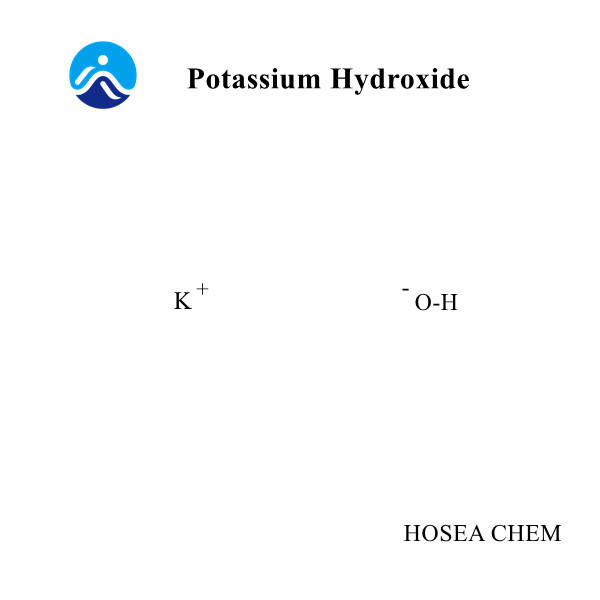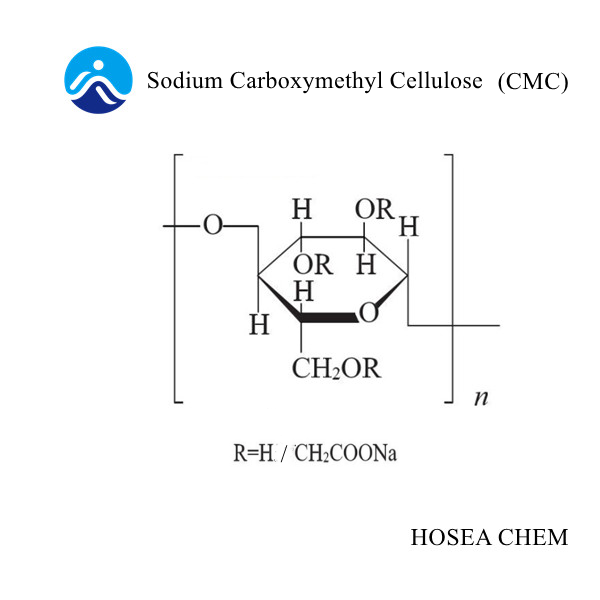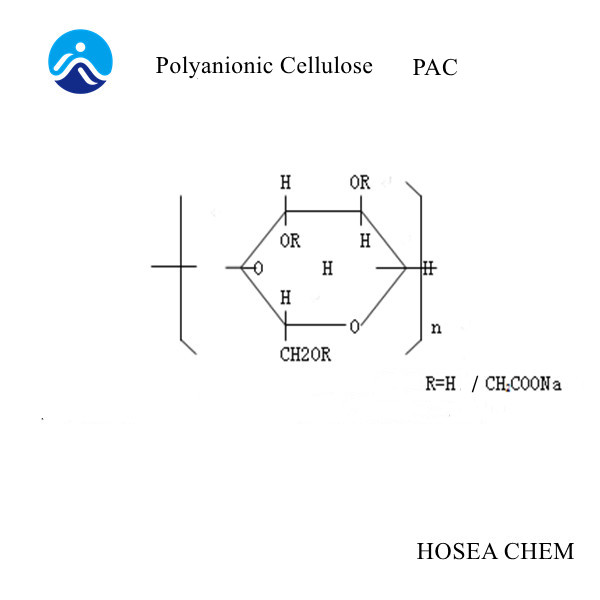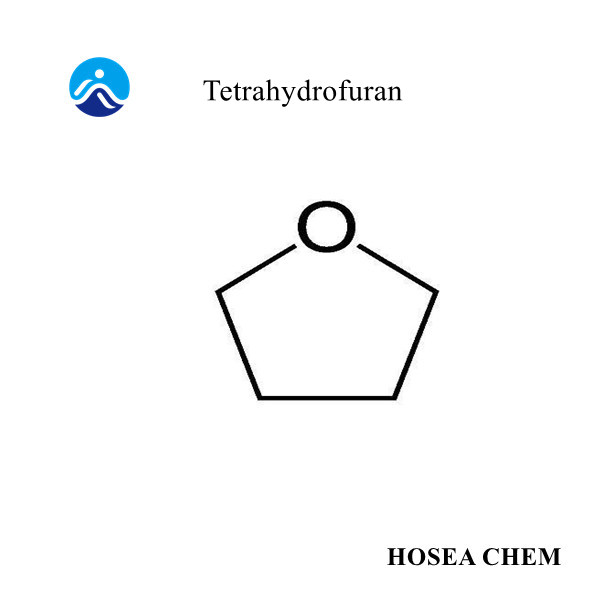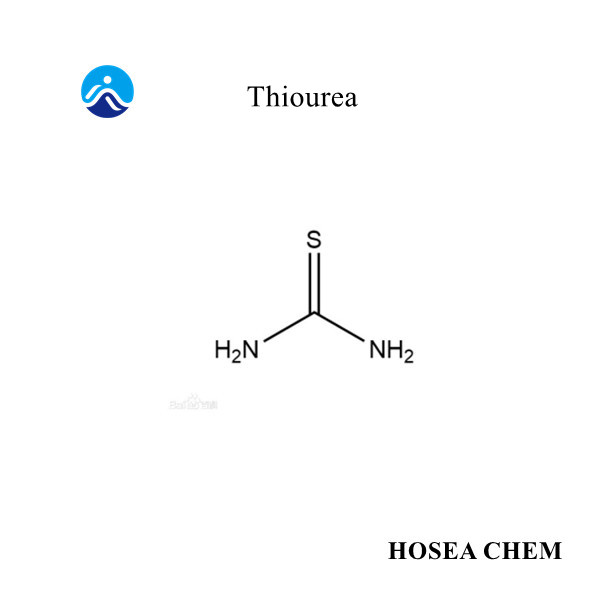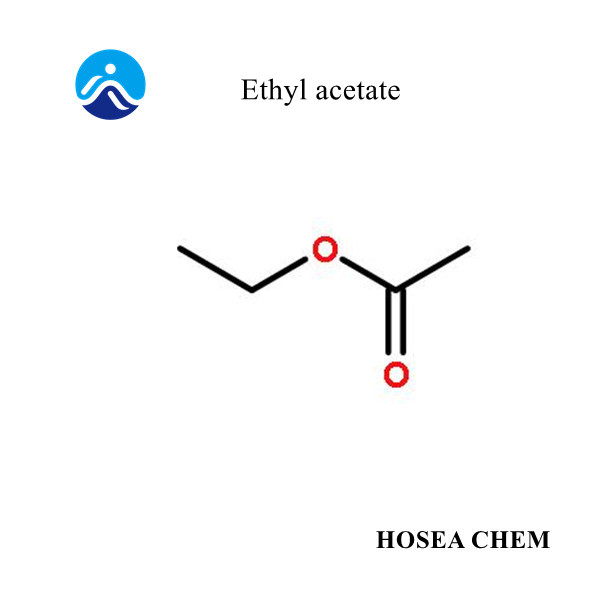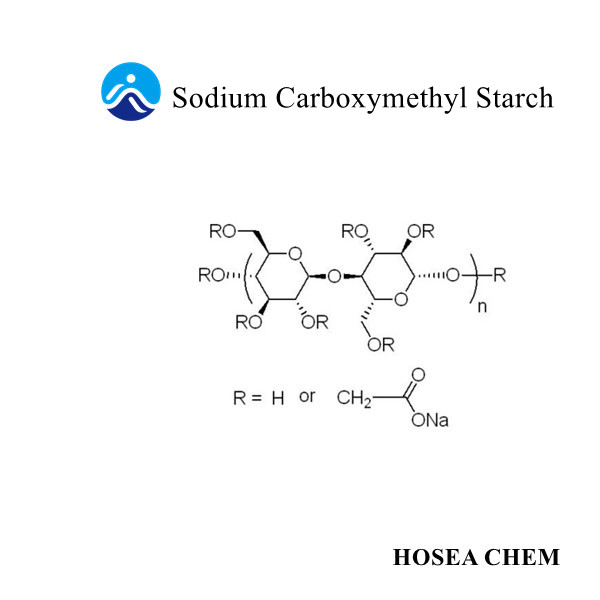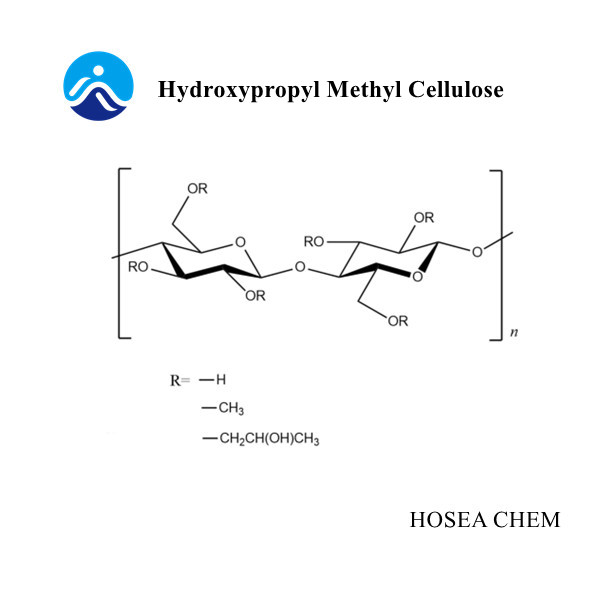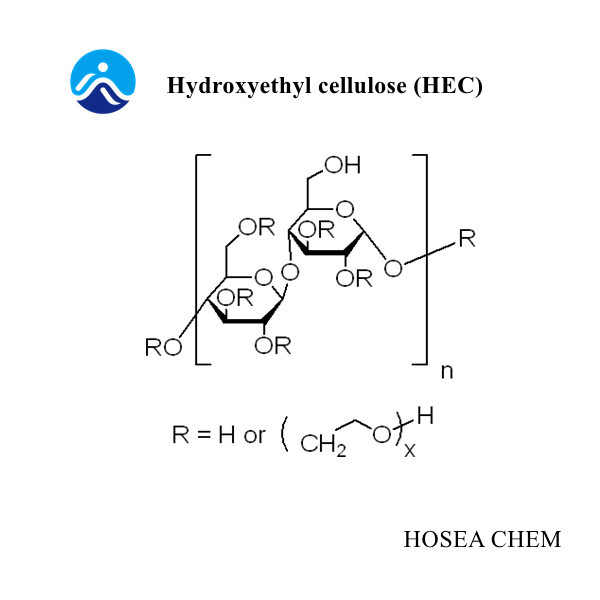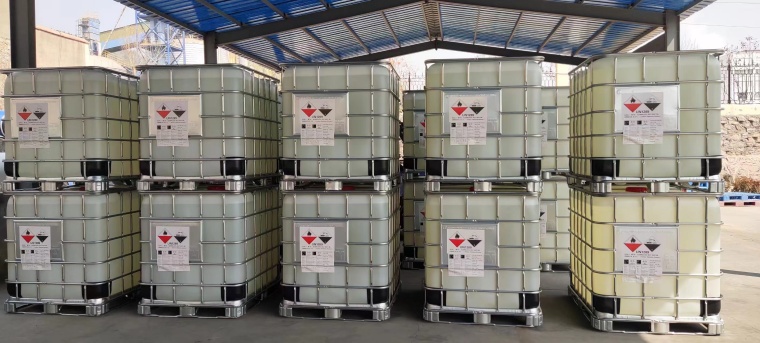Uses of Sodium Methoxide Aqueous Solution
2025-06-13Sodium methoxide aqueous solution is a solution formed by dissolving sodium methoxide in water. Its applications primarily rely on the strong alkalinity and chemical reactivity of sodium methoxide, playing important roles in multiple fields. The specific introductions are as follows:
Chemical Synthesis Field
- Catalyst for Transesterification Reaction
In the production of biodiesel, sodium methoxide aqueous solution can catalyze the transesterification reaction between animal and vegetable oils and methanol, generating fatty acid methyl esters (biodiesel) and glycerol. This reaction features high efficiency and is one of the common methods for industrial biodiesel preparation.
Example: In laboratory or industrial production, mixing vegetable oil with methanol in a certain proportion, adding sodium methoxide aqueous solution as a catalyst, and reacting at an appropriate temperature can yield biodiesel.
- Catalyst for Condensation Reaction
Used to catalyze the condensation reaction of compounds such as aldehydes and ketones, such as Claisen condensation, to generate compounds like β-keto esters, which is an important method for constructing carbon-carbon bonds in organic synthesis.
- Etherification Reaction
Participates in the etherification reaction of alcohols with halogenated hydrocarbons. For instance, methanol reacts with halogenated alkanes under the action of sodium methoxide to form ether compounds.
Synthesis of Pharmaceutical Intermediates
- Acting as a Strong Base in Drug Synthesis
In the synthesis process of certain drug molecules, sodium methoxide aqueous solution can serve as a strong base to promote deprotonation reactions, cyclization reactions, etc. For example, when synthesizing intermediates of antibiotics, sedatives, and other drugs, its alkaline conditions are utilized to regulate the reaction process.
Surface Treatment and Textile Industry
- Cellulose Treatment
In the textile industry, it can be used to treat cellulosic fibers (such as cotton and linen), causing them to swell or undergo chemical modification to improve the dyeing properties or physical characteristics of the fibers.
- Cleaners and Degreasers
By virtue of its strong alkalinity, it is used as a component of industrial cleaners to remove oils, dirt, etc., from metal surfaces and equipment, especially suitable for cleaning scenarios requiring an alkaline environment.
Analytical Chemistry and Laboratory Applications
- Standard Solution in Titration Analysis
In non-aqueous titration, sodium methoxide aqueous solution can be used as a strong base standard solution for the determination of the content of weak acids, such as the quantitative analysis of carboxylic acids and phenolic compounds.
- Reagent for Organic Synthesis Experiments
Commonly used in laboratories to prepare other organometallic compounds or as a catalyst for specific reactions. Due to its controllable alkalinity and water solubility, it facilitates operation and handling.
Other Industrial Uses
- Battery Industry
In the research, development, or production of certain new batteries (such as sodium-ion batteries), sodium methoxide aqueous solution may be used as one of the components of the electrolyte solution or for the pretreatment of electrode materials.
- Petroleum Industry
As a reagent for treating acidic substances in petroleum products, it neutralizes organic acids in crude oil or oil products to reduce equipment corrosion.
Precautions
- Strong Corrosiveness: Sodium methoxide aqueous solution is strongly alkaline, and contact with skin or eyes can cause burns. Protective equipment (such as gloves and goggles) must be worn during operation.
- Exothermic Reaction with Water: Sodium methoxide releases heat when exposed to water. When preparing the solution, it should be slowly added to water with stirring for heat dissipation to avoid local overheating.
- Storage Requirements: It needs to be stored sealed in a dry and ventilated place to prevent deterioration due to absorption of moisture and carbon dioxide in the air.
In conclusion, the uses of sodium methoxide aqueous solution mainly depend on its strong alkalinity and catalytic activity, playing important roles in chemical, pharmaceutical, textile, and other fields. However, safe operation and proper storage conditions must be noted during use.


